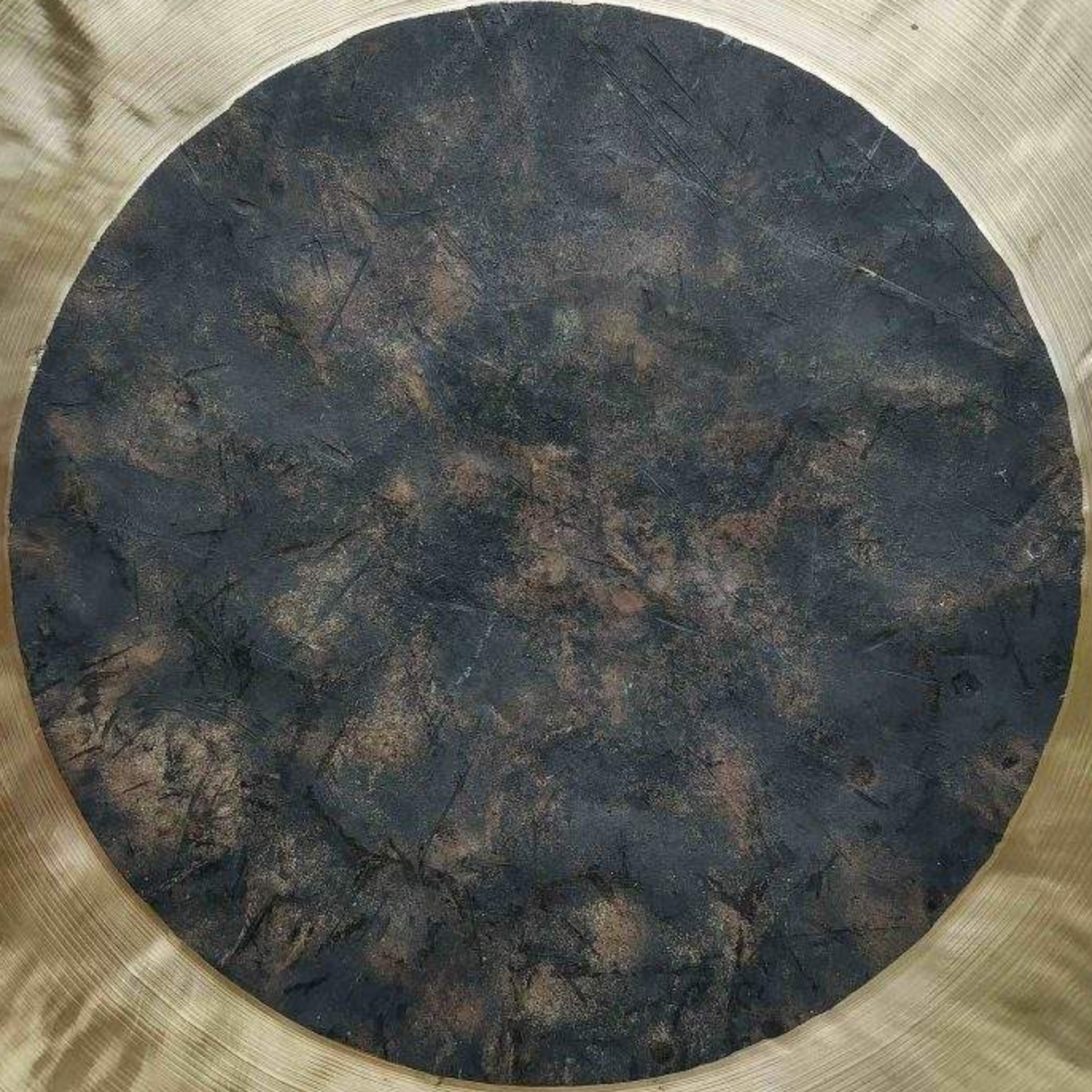What Is BlockDAG? Understanding the Architecture Behind Crypto’s Newest Layer 1 Contender


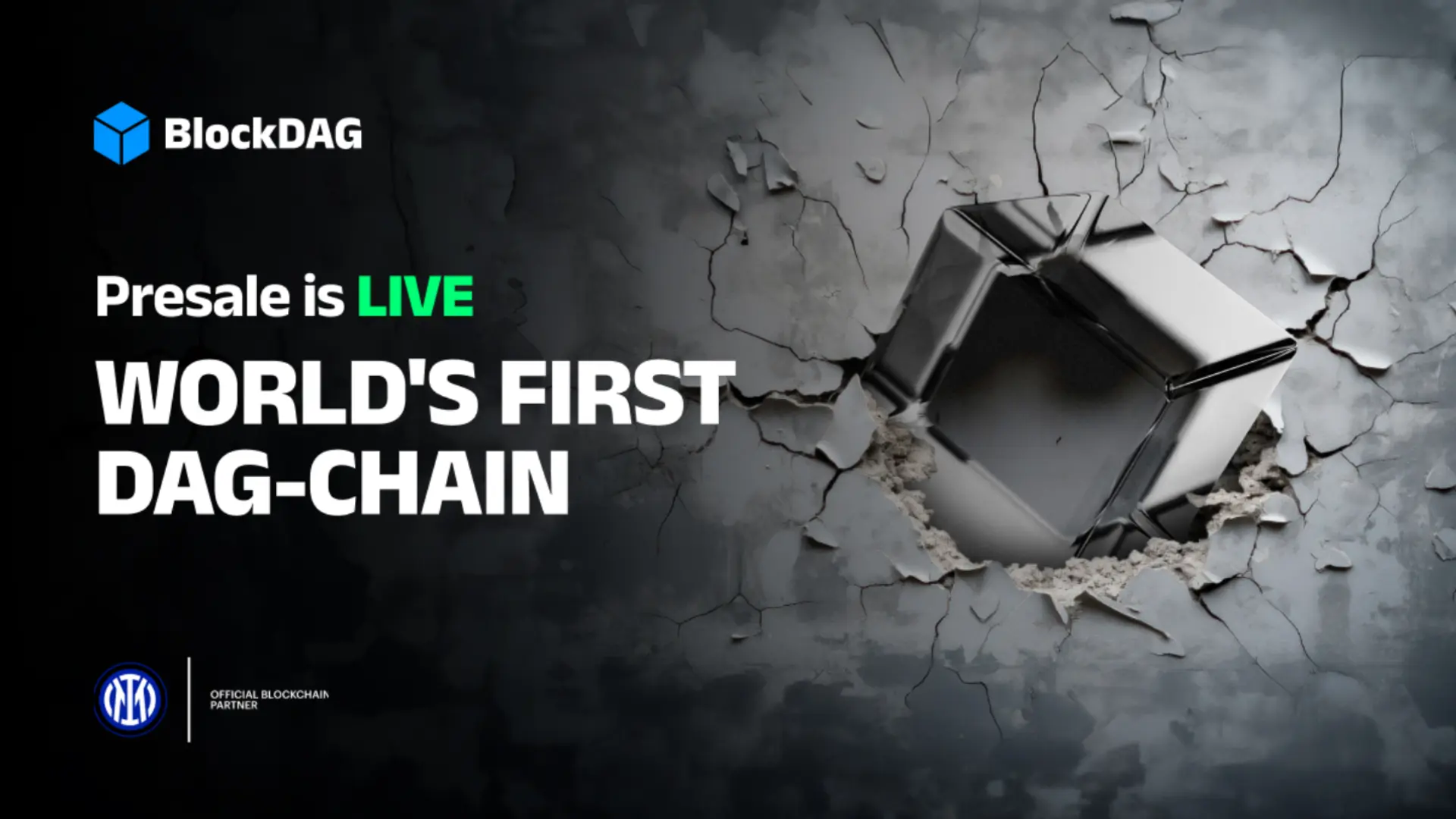
As blockchain networks evolve to meet the growing demands of scalability, decentralization, and interoperability, a new contender has emerged: BlockDAG . Despite still being in presale, BlockDAG has already raised more than $341 million and sold over 23.3 billion BDAG tokens, attracting interest from developers, miners, and investors alike. But what exactly is BlockDAG, and how does it differ from traditional blockchain platforms?
This article breaks down the key components of BlockDAG’s architecture, its technological positioning, and why it’s being watched as a serious Layer 1 alternative heading into 2025.
DAG Meets Blockchain: A Hybrid Approach to Throughput and Security
At its core, BlockDAG is a Layer 1 network that merges Directed Acyclic Graph (DAG) architecture with elements of traditional blockchain consensus. DAG is a graph-based data structure that enables asynchronous transaction processing, unlike blockchains, which bundle transactions into discrete blocks, DAG systems allow multiple transactions to be confirmed in parallel.
BlockDAG leverages this structure to support throughput levels between 2,000 and 15,000 transactions per second (TPS), a dramatic leap over Bitcoin’s ~7 TPS or Ethereum’s ~30 TPS without rollups.
What makes BlockDAG’s implementation unique, however, is its pairing with proof-of-work (PoW) consensus, the same mechanism used by Bitcoin. While many modern networks have moved toward proof-of-stake (PoS), BlockDAG uses a modified PoW to ensure decentralization and Sybil resistance, while still benefiting from DAG’s scalability.
The result is a hybrid system designed to balance three often conflicting elements: speed, security, and decentralization.
Ethereum Compatibility and a Low-Code Future
BlockDAG is fully compatible with the Ethereum Virtual Machine (EVM), meaning developers can port over Solidity-based smart contracts without re-writing code. This opens the door for existing Ethereum tools, wallets, and dApps to function natively on BlockDAG with minimal adjustments.
Beyond compatibility, the team has introduced a low-code smart contract builder. This tool enables users with limited programming experience to create and deploy smart contracts using a visual drag-and-drop interface. It’s an attempt to broaden developer participation and lower the barrier to entry for businesses or creators new to blockchain infrastructure.
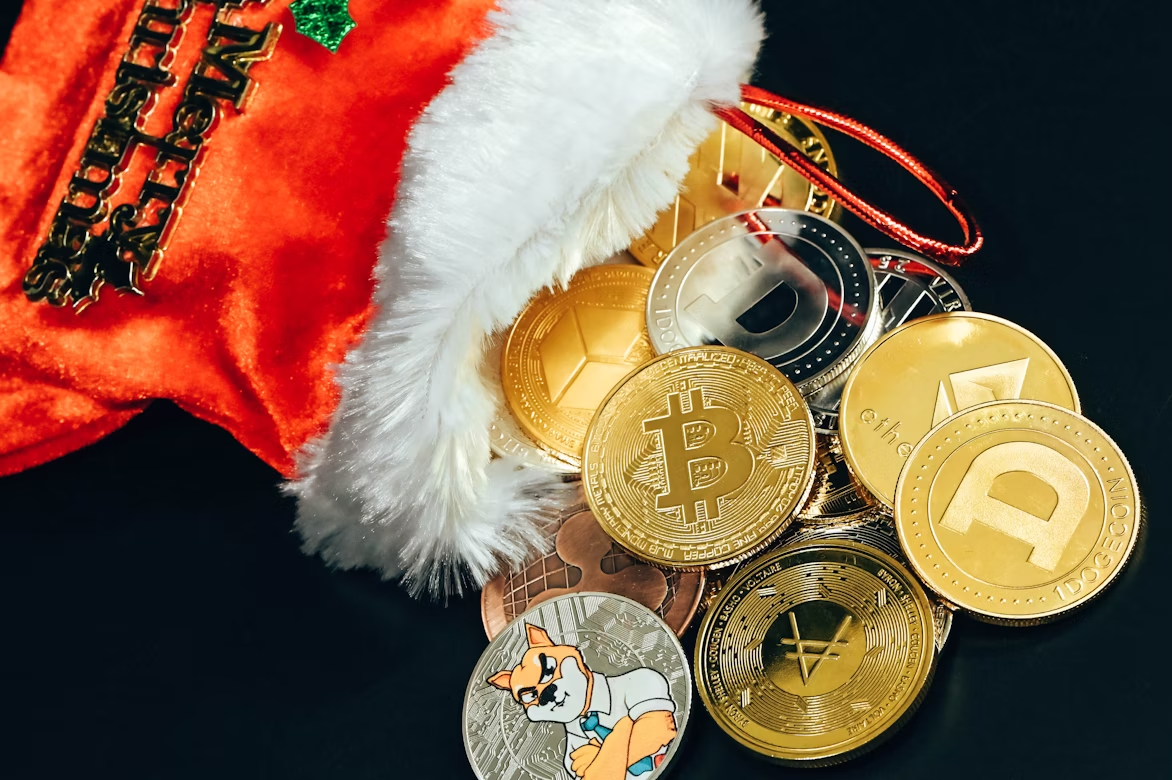
From a developer standpoint, this ecosystem setup resembles Avalanche or BNB Chain, but with added performance capabilities through DAG structure and decentralized mining.
The Ecosystem Layer: Testnet, Grants, and Mining Infrastructure
BlockDAG’s testnet is already live, allowing developers to interact with the chain, deploy test contracts, and validate the network’s performance metrics. The team has rolled out early grant programs and hackathons, with a goal to support over 1,000 dApps by 2026.
The project has also leaned heavily into mining infrastructure. Over 2 million users have downloaded the X1 mobile miner app, which simulates mining rewards and educates users on network participation. Meanwhile, more than 18,000 ASIC miners have been sold, indicating early preparation for a secure, distributed hashrate post-mainnet.
Unlike some Layer 1s that go to market with minimal on-chain activity, BlockDAG appears to be focused on pre-launch user onboarding and builder enablement, a notable strategic shift.
Transparency in the Launch Sequence
BlockDAG has published a detailed six-week rollout plan leading up to its public launch. While the launch countdown has not yet started, the phased structure includes:
-
Week 6
: Presale closes, wallet migration and staking ends
-
Week 4
: Mainnet goes live with BlockDAG’s infrastructure and mining nodes
-
Week 3
: Community nodes and mining pools come online
-
Week 2
: 40% of presale tokens are airdropped to participants
-
Week 1
: DeFi infrastructure (DEX, bridge, lending protocol) deployed ahead of exchange listing
This methodical approach provides a level of transparency not always seen in early-stage projects, especially in Layer 1 ecosystems.
Market Context and Valuation
BlockDAG’s presale is currently priced at $0.0016 per BDAG, with a planned listing price of $0.05. The project’s total presale target is $600 million, of which $341 million has already been raised.
Compared to projects like Avalanche or Aptos, which raised $350M and $200M respectively before mainnet, BlockDAG is already among the highest-funded early-stage Layer 1s to date. This level of funding is typically used not just for launch logistics, but to build liquidity across exchanges, fund grants, and scale infrastructure post-TGE (Token Generation Event).
While speculative price projections should be approached cautiously, some analysts have placed BDAG on watchlists for potential top 50 market cap entry post-launch if ecosystem traction continues.
Is BlockDAG Worth Watching?
BlockDAG is still in the pre-launch phase, and like all early-stage crypto projects, it carries inherent risk. However, what distinguishes it from typical presale projects is the depth of its infrastructure, not just in terms of funding, but in testnet deployment, builder tools, mining participation, and structured rollout plans.
Its hybrid DAG + PoW architecture seeks to bridge the speed of newer platforms with the decentralization and security of legacy networks. Combined with EVM compatibility and real-time developer incentives, BlockDAG may well be one of the more serious attempts at a next-generation Layer 1 protocol.
For now, it remains to be seen whether post-launch adoption will match its presale momentum. But for those tracking Layer 1 evolution in the current cycle, BlockDAG is becoming harder to ignore.
Presale: https://purchase.blockdag.network
Website: https://blockdag.network
Telegram: https://t.me/blockDAGnetworkOfficial
Discord: https://discord.gg/Q7BxghMVyu
This article is not intended as financial advice. Educational purposes only.
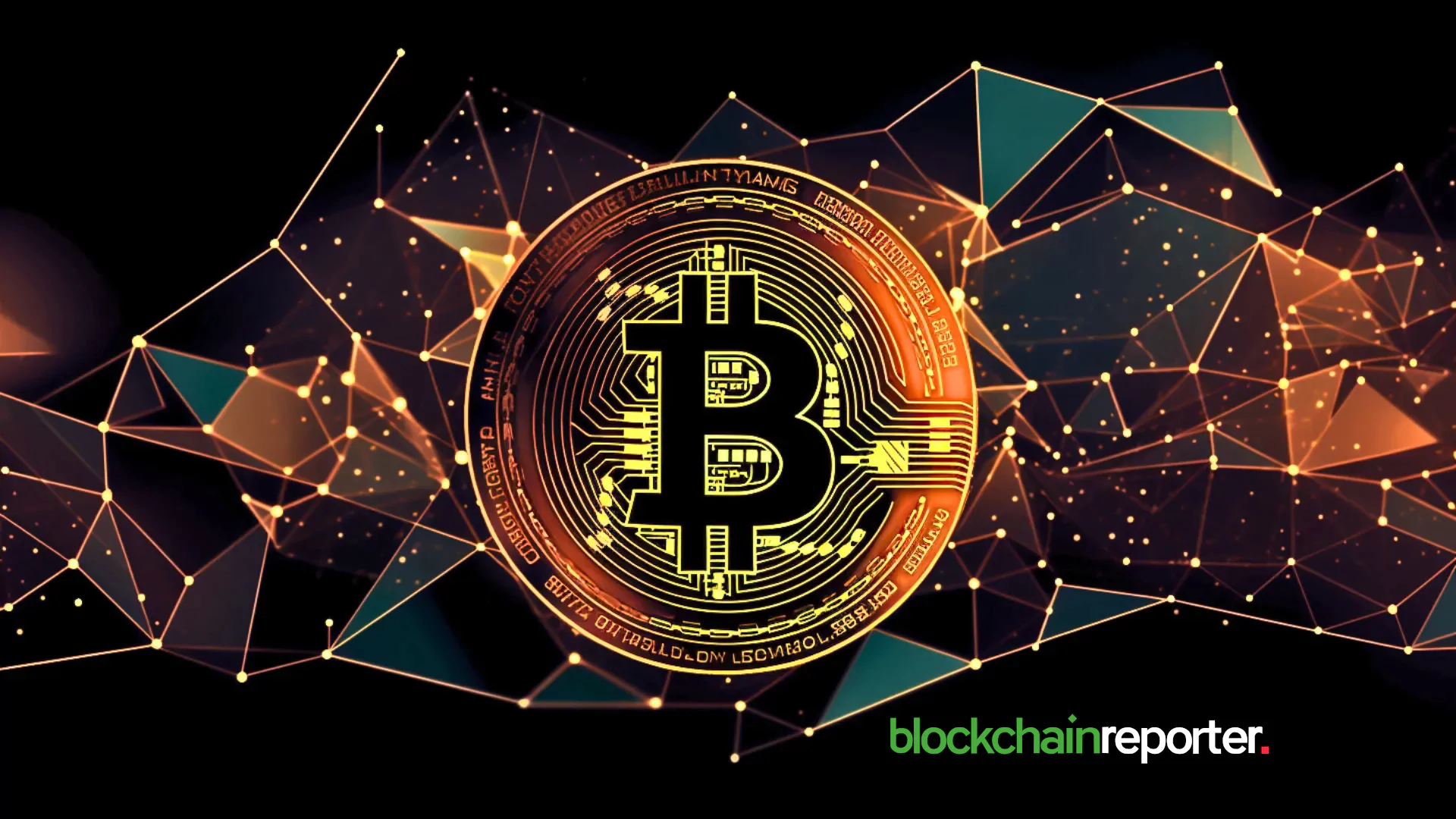
BTC Price Action: Michaël van de Poppe Eyes $110K Entry Zone
The crypto analyst, Michaël van de Poppe, published an essential update regarding altcoins. As $BTC ...
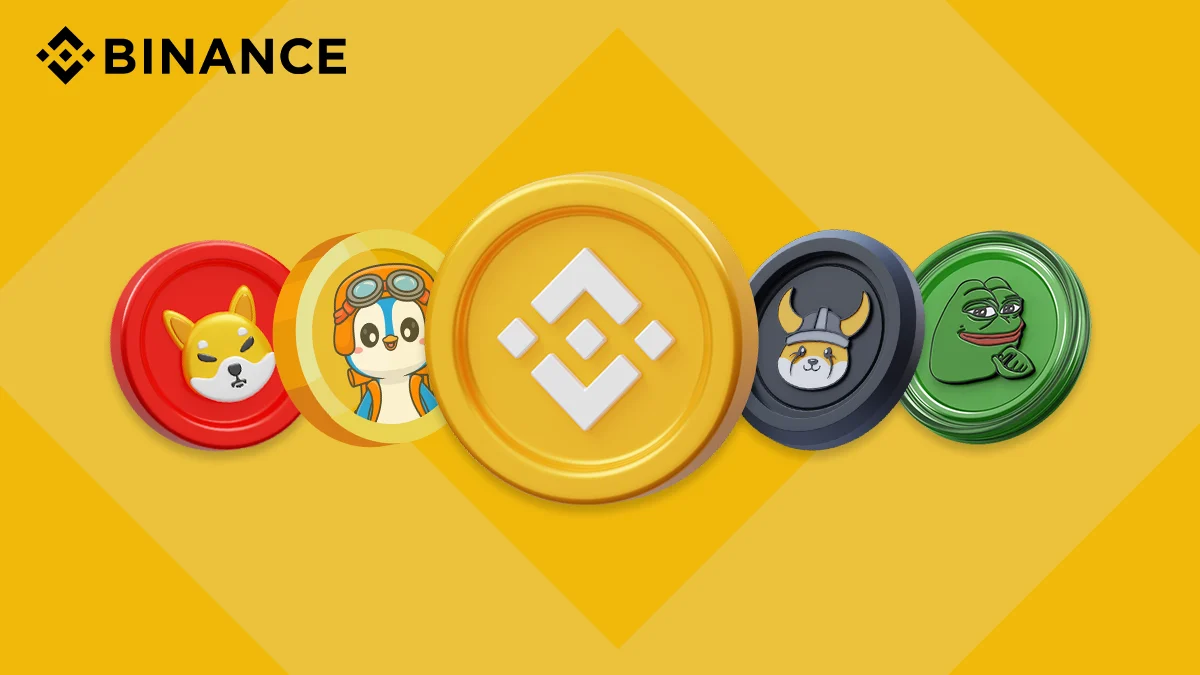
Binance Listing Buzz Builds Ahead of Arctic Pablo Coin’s Presale End as Just A Chill Guy and Fartboy Ride Hype
Arctic Pablo Coin nears its presale finale with Binance listing rumors heating up—analysts predict 1...

ArtGIS Finance and Burnr Chat to Power Private, Secure Cross-Chain Transactions
With this alliance, ArtGIS aims to enable private and secure transactions, a crucial step towards a ...

